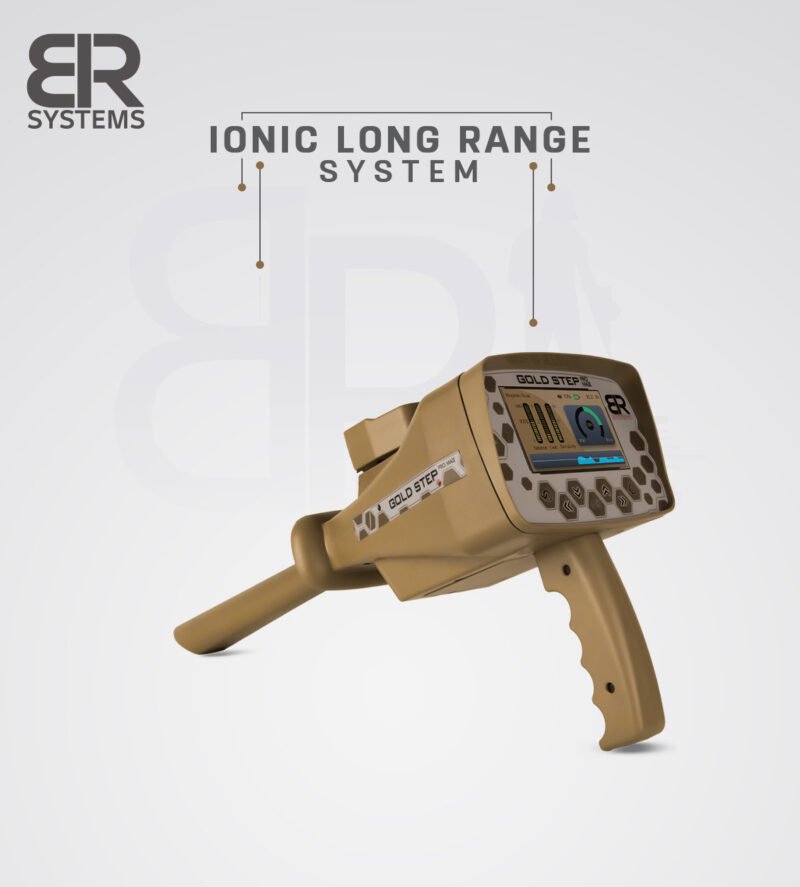Gold hunting has fascinated treasure seekers and professionals alike for centuries, but modern technology has completely changed the way prospectors approach the task. At the heart of this change is the metal detector for gold, a specialized device designed to locate precious metals even in the most challenging conditions. But how exactly do these machines differentiate gold from other metals such as iron, aluminum, or copper? Understanding this separation process is key to appreciating the science behind these detectors and choosing the right tool for your exploration.
The Science Behind Metal Detection
Metal detectors operate on the principle of electromagnetic induction. When the search coil generates an electromagnetic field, it penetrates the ground. If it encounters a metallic object, the object creates a secondary field that the detector can sense. While the concept may seem simple, separating different types of metals requires advanced signal processing and frequency control.
Gold, for instance, has unique conductivity and magnetic properties compared to other metals. A well-calibrated detector can interpret the strength, delay, and shape of the return signal to decide whether the target is gold or something less valuable.
Why Gold Is Tricky to Detect
Unlike coins or relics made of copper or silver, gold often exists in small nuggets or flakes. Its size and purity can vary greatly, which makes detection harder. A piece of iron will typically give off a strong, clear signal, while a tiny gold flake produces a weaker and more subtle one. High-quality detectors overcome this by offering features such as ground balancing, pulse induction technology, and multiple frequency options to improve sensitivity to gold.
The Role of Discrimination Technology
One of the most important features in modern gold detectors is discrimination technology. This allows the device to filter out unwanted metals, often referred to as “junk targets.” By analyzing the conductivity and time delay of the signal, the detector assigns a target ID. Lighter metals like aluminum or iron tend to fall in a different range than gold, enabling the user to ignore them.
Of course, discrimination is not foolproof. A very deep or irregularly shaped gold nugget may sometimes mimic the signal of other metals. That is why experienced prospectors rely on a combination of discrimination, sensitivity adjustments, and manual expertise to correctly identify targets.
Pulse Induction vs. VLF Detectors
When it comes to separating gold from other metals, two main technologies dominate the market: Very Low Frequency (VLF) and Pulse Induction (PI).
VLF Detectors: These use continuous sinusoidal waves and are particularly good at distinguishing between types of metals. They are more affordable and suitable for shallow to moderate depths.
Pulse Induction Detectors: These send powerful pulses into the ground and are better at penetrating mineralized soils. They excel in gold prospecting environments where hot rocks and black sand would confuse VLF detectors.
Choosing between them depends on your location and prospecting goals, but both offer the necessary tools to identify gold while ignoring trash metals.
A Trusted Example: Gold Step Pro Max
One excellent example of advanced gold-detection technology is the Gold Step Pro Max. This device combines multiple systems, including long-range detection and depth measurement, making it highly effective for serious prospectors. With its ability to distinguish between gold and other buried metals, it reduces wasted digging and increases the chances of successful finds. For anyone serious about prospecting, this product demonstrates how far detector technology has come in separating gold from unwanted targets.
Practical Tips for Better Gold Detection
Even with the best detector, user technique plays a huge role in separating gold from other metals. Here are a few practical strategies seasoned prospectors follow:
Adjust Sensitivity Carefully: Too high, and you’ll get interference from small trash; too low, and you may miss faint gold signals.
Use Proper Ground Balancing: Mineralized soils can mask gold signals. Balancing helps filter out the “noise.”
Cross-Check Signals: Sweep from different angles to ensure the signal remains consistent—gold often has a steady response compared to junk metals.
Learn Your Detector’s Language: Each machine produces its own tones and IDs for different metals. Practice builds the skill to distinguish them accurately.
Why Understanding Separation Matters
Gold prospecting isn’t just about finding any signal underground—it’s about finding the right signal. By knowing how a detector separates gold from other metals, you save time, energy, and avoid unnecessary digging. For professionals, this means higher efficiency in exploration projects. For hobbyists, it makes the treasure-hunting experience more rewarding.
Conclusion
Metal detectors for gold are more than just gadgets—they are finely tuned instruments designed to identify one of the earth’s rarest and most valuable metals. Through a mix of electromagnetic science, discrimination technology, and advanced features like those found in the Gold Step Pro Max, modern detectors give prospectors a clear advantage. With the right knowledge and technique, separating gold from other metals becomes not just possible but practical.




